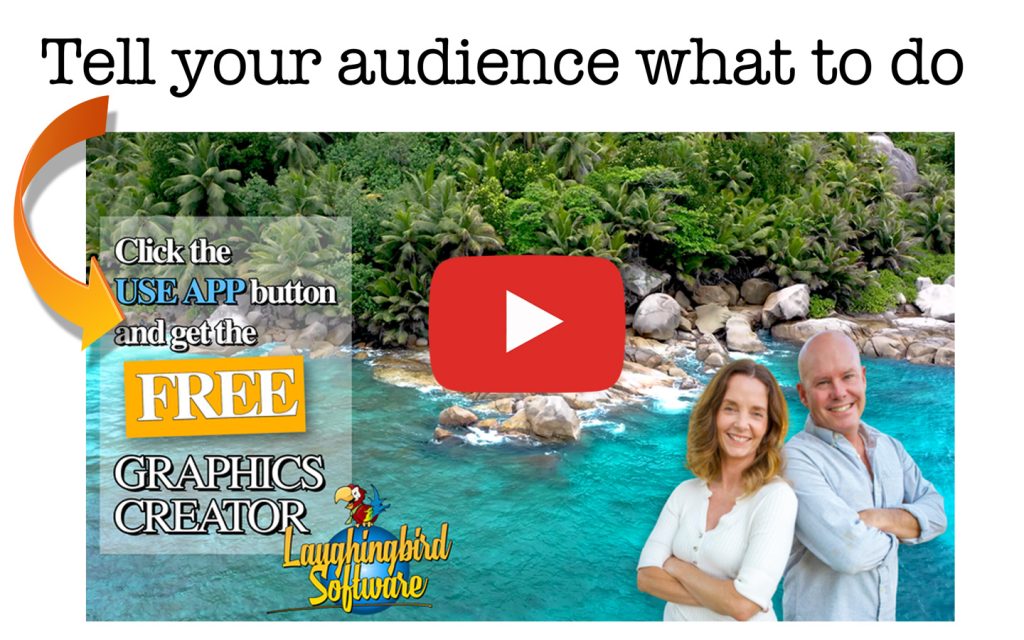Designing a book cover can feel like trying to buy a luxury yacht on a rowboat budget. For many authors, especially those testing the turbulent waters of self-publishing, book cover design costs can be an intimidating line item. But fear not—I’ve sailed these waters and come bearing distressingly decent advice (and maybe some popcorn-worthy humor) to help you create a stunning, professional-looking book cover without having to sell your soul—or your cat. Let’s break it all down!
What Impacts the Cost of Book Cover Design?
The cost of your book cover really depends on your approach. You can:
- Hire a professional designer (the “Rolls-Royce” option—fancy, but pricey).
- Use online design tools with templates (the “DIY dinner kit” approach—semi-homemade and affordable).
- Go full DIY with graphic design software (the “look, Mom! No hands!” option—creative but with a learning curve).
Each option comes with its own price tag, timeline, and level of creative control. I’ll talk about all three, with a sprinkle of wisdom and possibly irrelevant personal anecdotes along the way.
Professional Book Cover Design Cost in the U.S.
If you’re outsourcing to a professional agency or freelancer in the United States, book cover design typically costs between $800 and $1,500. Look, I know. That’s a “Houston, we have a problem” price tag for many of us broke-but-dreaming authors. But remember, you’re paying for expertise, style, and a cover that might earn audible gasps at the bookstore.
Professional designers pull out all the stops, using tools like Photoshop, Illustrator, and their artistic intuition (also known as “witchcraft I’ll never understand”), to create something custom-tailored to your story. You’re not just getting a pretty cover; you’re getting an investment in sales and credibility. And hey, some designers even throw in marketing graphics. Bargain hunters, rejoice!
Professional Book Cover Design Cost in the U.K.
Across the pond, in the U.K., book cover design services tend to cost between £209 and £739. That’s roughly the cost of a year’s worth of tea and biscuits, for those doing the math. When you hire a British designer, you’re paying for their expertise, unique style, and possibly an accent that makes your emails 23% more charming.
Working closely with a professional designer is like a creative dance, and no—two left feet are welcome. You’ll trade ideas, sketches, and revisions over a few days or even weeks. The process also typically includes full copyright ownership of the cover design, so you don’t have to worry about legal hiccups once your book becomes an overnight bestseller (manifesting this for us).
Going the DIY Route: Designing Your Own Cover
Ah, the DIY life—equal parts exhilarating and terrifying. Designing your own book cover can save a ton of money, but it might also lead to a few existential crises along the way. The cost to design your own cover varies, depending on the tools you use and whether you factor in the pizza you’ll need to keep yourself fueled through those late-night Photoshop sessions.
Search for Free Options
If you’re all about free tools (because who isn’t?), free platforms like Canva or tools offered by Laughingbird Software provide user-friendly design options. Just be prepared to spend some time learning the interface. It’s easy, but remember everything feels harder after midnight and too much caffeine.
Pay a Little for a Lot
If you’re okay with investing a small amount (we’re talking $10–$50 small), there are lots of reasonably priced design programs that offer even more features. Upgraded Canva plans or tools like Photoshop might be worth the expense if you’re serious about quality. Some stock image sites also sell book cover templates for under $100—it’s plug and play, convenient for when creativity decides to leave you on read.
Mockups Are a MUST!
Listen, I can’t overstate this: once you’ve designed your cover, make a mockup. A mockup is like trying on clothes before you buy them—it’s how your book gets to strut its stuff on a virtual bookshelf or a Kindle screen. Mockups help ensure your cover looks professional and pops! Bonus points for impressing your nosy neighbor who doubted your writing dreams.
Designing a Book Cover in Minutes
No, this isn’t a fever dream. You actually can design a book cover in just a few minutes. Several online tools have customizable templates that let you tweak colors, fonts, and—my personal favorite—add dramatic lens flares with the click of a button.
Sites like Canva or Adobe Spark let you upload your own images or choose from their vast libraries. Pro Tip: Be careful with stock images. Nothing ruins your credibility faster than realizing another author has published a romance novel with the same mystically handsome pirate on their cover.
Quality vs. Cost: Can Cheap Still Be Good?
Is it possible to design a cheap book cover that still looks top-notch? Absolutely! Just because something costs less doesn’t mean it has to look like you spent five minutes and a favor from your cousin’s kid. When using a design tool, here are some tips for maintaining quality while keeping costs low:
- Choose a bold, professional font (Comic Sans is only acceptable if you’re writing a children’s book about clowns).
- Keep the design simple and clean—don’t add so much text and artwork that it looks like a drawer explosion.
- Research popular book covers in your genre for inspiration. Is your book fantasy? Add a mysterious castle and a moody cloud. Romance? Roses and questionable abs are your friends.
FAQs About Book Cover Design Costs
Why should I care so much about my book cover?
Because, my friend, we do judge books by their covers! If your cover screams “budget crisis,” potential readers might not even pick it up—and they’d be missing out on your marvelous writing.
Do free tools actually work?
Yes, free tools like Canva are great for basic designs. Just avoid the temptation to go wild with every template option available. A book cover shouldn’t look like a bedazzled scrapbook.
What about using a pre-made template?
Pre-made templates are affordable and a time-saver. Just ensure they suit your genre and make some tweaks so your book stands out—otherwise, you risk blending into the background like an extra in a crowd scene.
Can I design my cover on my phone?
You could, though it’s a bit like typing a novel on your calculator: possible, but unnecessarily difficult. Stick to a laptop or desktop for better precision.
There you have it—how to tackle book cover designs without crying into your coin jar. Whether you go pro or roll up your sleeves and DIY, your cover deserves the star treatment. After all, it’s the face of your book. Go shine! 🌟











